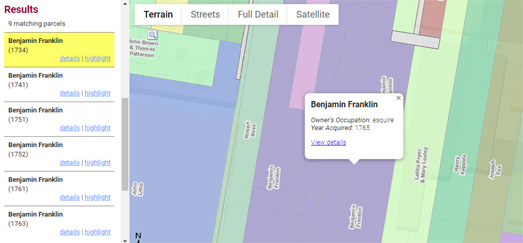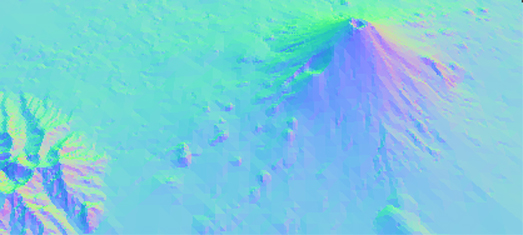Posts
Showing posts from August, 2019
Mapping the Paranormal, the Weird & the Wonderful
- Get link
- X
- Other Apps
The First San Francisco Building Age Map
- Get link
- X
- Other Apps
Building America's Transcontinental Railway
- Get link
- X
- Other Apps
Coral Bleaching of the Great Barrier Reef
- Get link
- X
- Other Apps
































